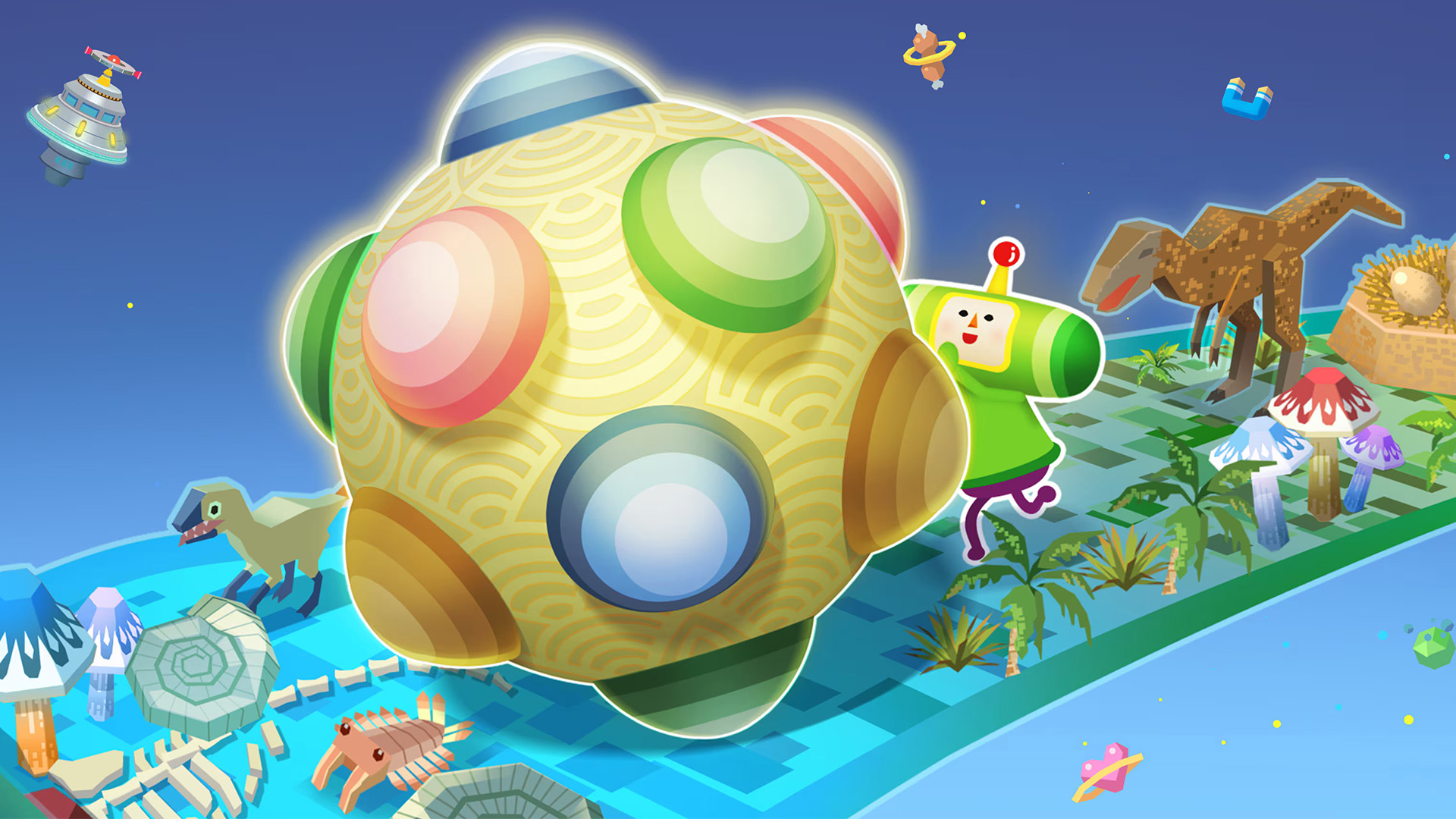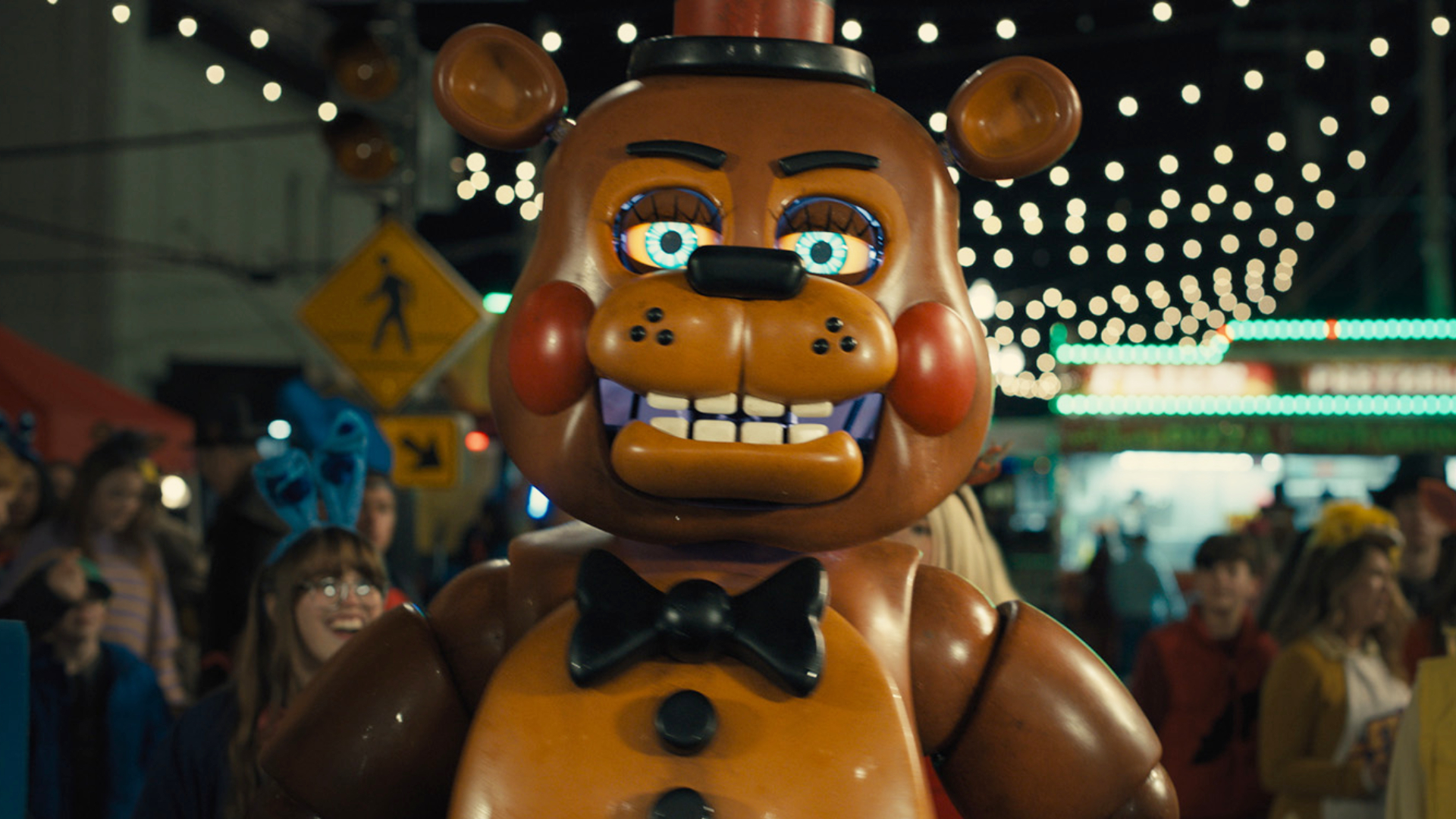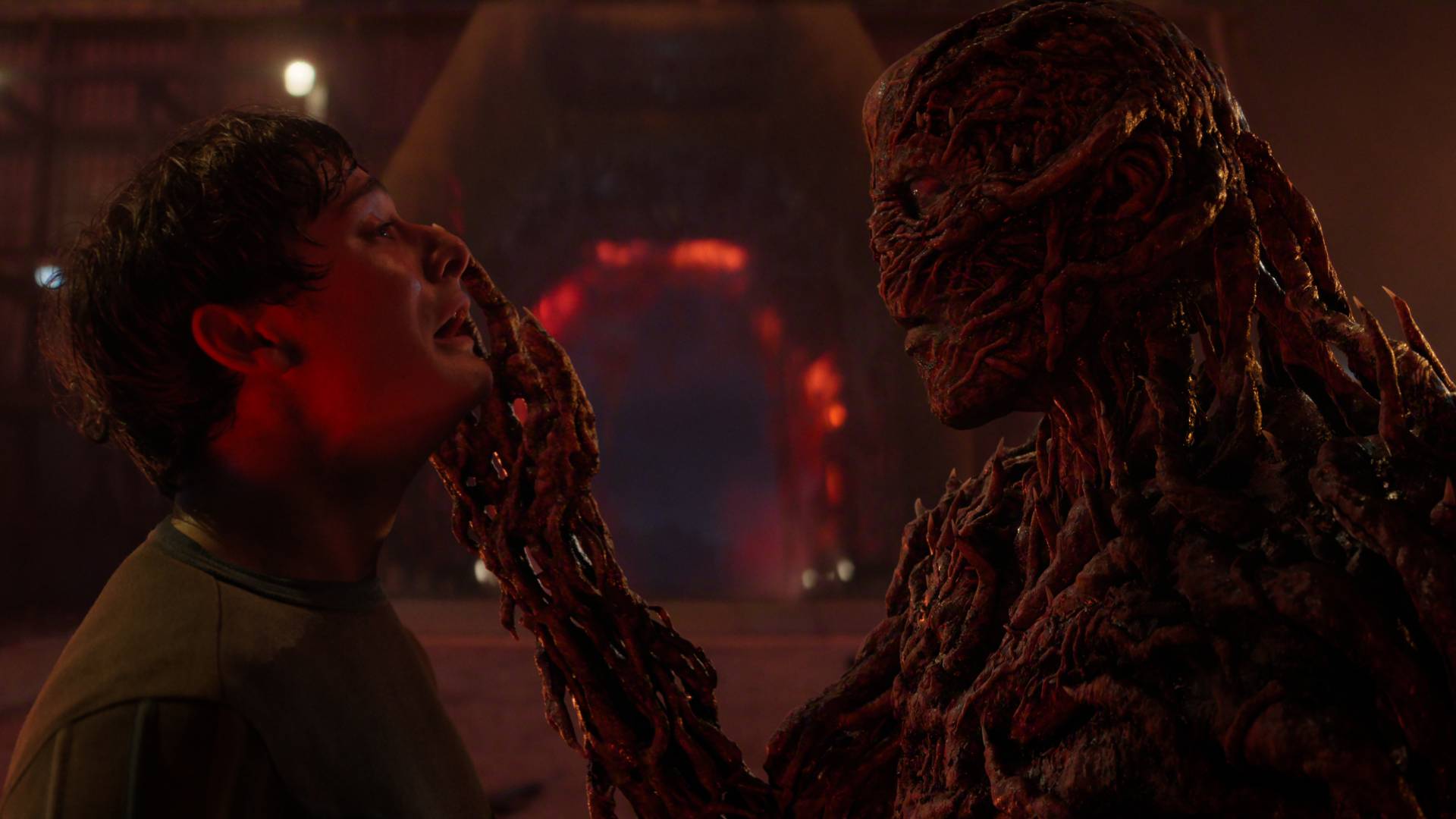GamesRadar+ Verdict
Evolving arcadey mechanics that have already been perfected is a tough challenge that Once Upon a Katamari rises to meet. Time travel and set pieces across Edo Japan, cowboy escapades, and more make this the most inventive evolution of the series yet. Katamari is on a roll.
Pros
- +
Rolling across time periods greatly refreshes the formula
- +
Smart set piece missions feel great
- +
Charming vibe and sense of humor
- +
Immaculate art style looks even better across eras
Cons
- -
Some restrictive levels can be boring
- -
Powerups don't add much
- -
Battle mode is a bit dull
Why you can trust GamesRadar+
Once Upon a Katamari keeps the series' ball rolling – literally. Arcadey, the concept of Katamari revolves around the Prince of Cosmos rolling up all manner of objects, snowball-like into progressively bigger balls by sticking them to his titular katamari ball. Yet, with the early games already seeing you go from tiny housebound spheres to earth-shattering balls of chaos – the question for later sequels has always been, fittingly, how do you go bigger? Once Upon a Katamari's answer is to, instead, go a little deeper.
Katamari has gotten us used to rolling through charming lo-fi dioramas, learning how to use both analog sticks to push the ball through all the usual houses, gardens, towns, and cities. Once Upon a Katamari instead uses a time travel conceit to send us rolling through history – a perfect excuse to majorly shake up the types of objects we roll from era to era (each has its own set of levels), the locations we do it in, and even why we roll. Some of Once Upon a Katamari's best moments use each period setting to deliver set piece style missions. It's an incredibly smart way to give us more katamari on a scale that feels fittingly big, while giving each rolling adventure a different feeling and focus.
Kat' at it again
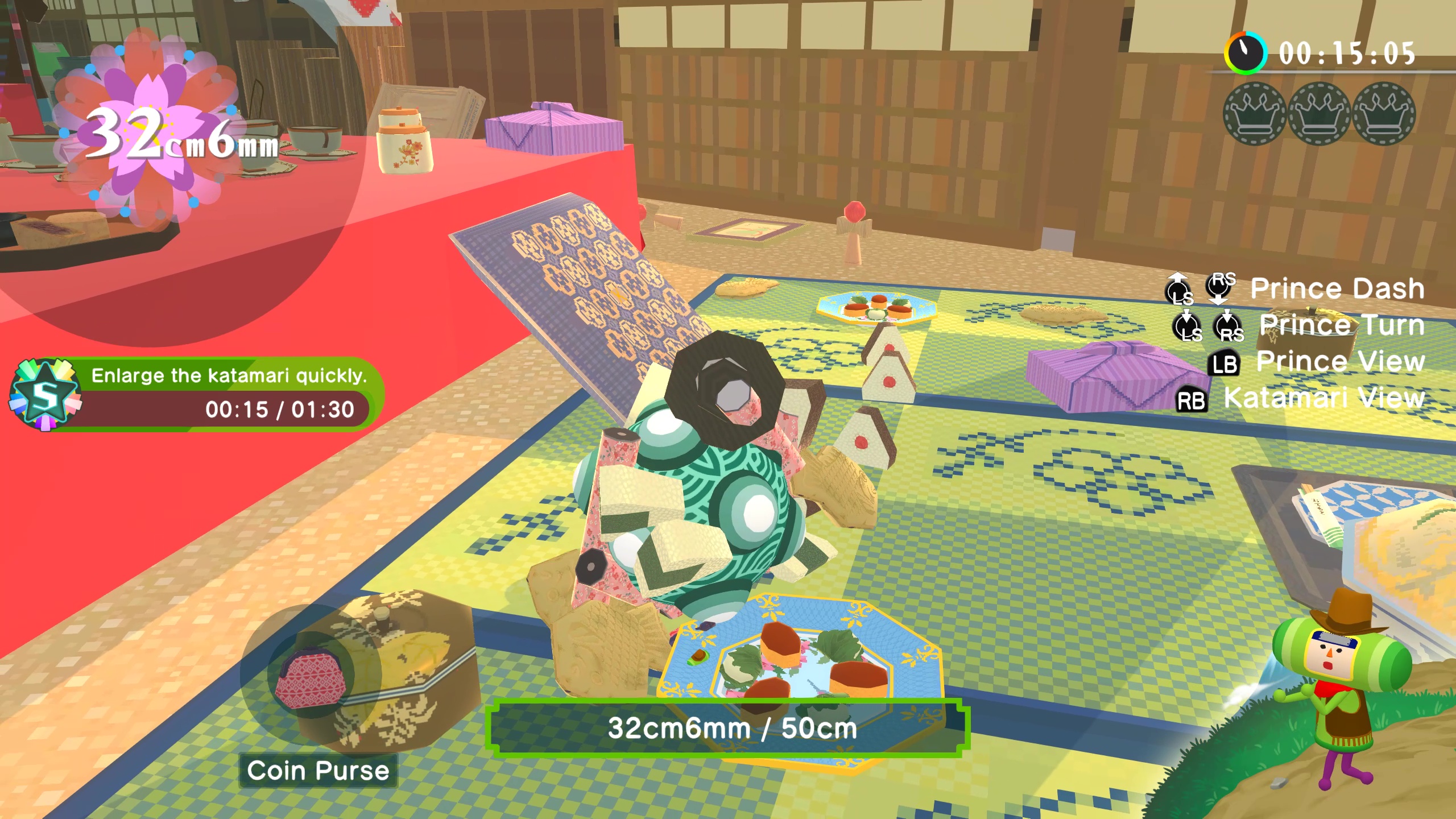
Release date: October 24, 2025
Platform(s): PC, PS5, Xbox Series X/S, Nintendo Switch
Developer: RENGAME
Publisher: Bandai Namco Entertainment
The core of the Prince's rolling throughout Once Upon a Katamari is much the same as ever – using the analog sticks you must manoeuvre the ball through a stage under time pressure (ranging from around five minutes to twice that and beyond), usually to reach a certain size goal. Simply touching another object of roughly the same size as your katamari sticks it to it, affecting the rolling physics for a period of time until it flattens out.
The quickfire arcadey genius of Katamari is instinctively weighing up a horde of vibrant, charming, low-polygon objects to identify which ones you can safely scoop up, and which you'll just bash into, losing precious time. The two-hand style steering adds a wrinkle as well, combined with lightweight momentum, which means it can be a genuine challenge to thread the needle on adding bigger and bigger objects to your katamari. Then, once you've sufficiently increased in size, doubling back to nab objects you were too small to before, and deciding when to – in most levels – break out of your confines and roll through new areas with even bigger objects before the timer hits zero and the King of Cosmos sassingly judges your prowess.
Once Upon a Katamari is at its best when it's really that simple. You can press a dash button for a quick boost that takes away control briefly, or flip over your katamari by clicking in the buttons to do a u-turn, but for the most part there's nothing particularly fancy to it – just good old fashioned ball rolling of the sort series fans will be more than familiar with. New powerups add some new considerations, and I was worried the likes of a magnet ability would make the rolling action too easy – but they're all brief enough to feel fine if not especially revolutionary.
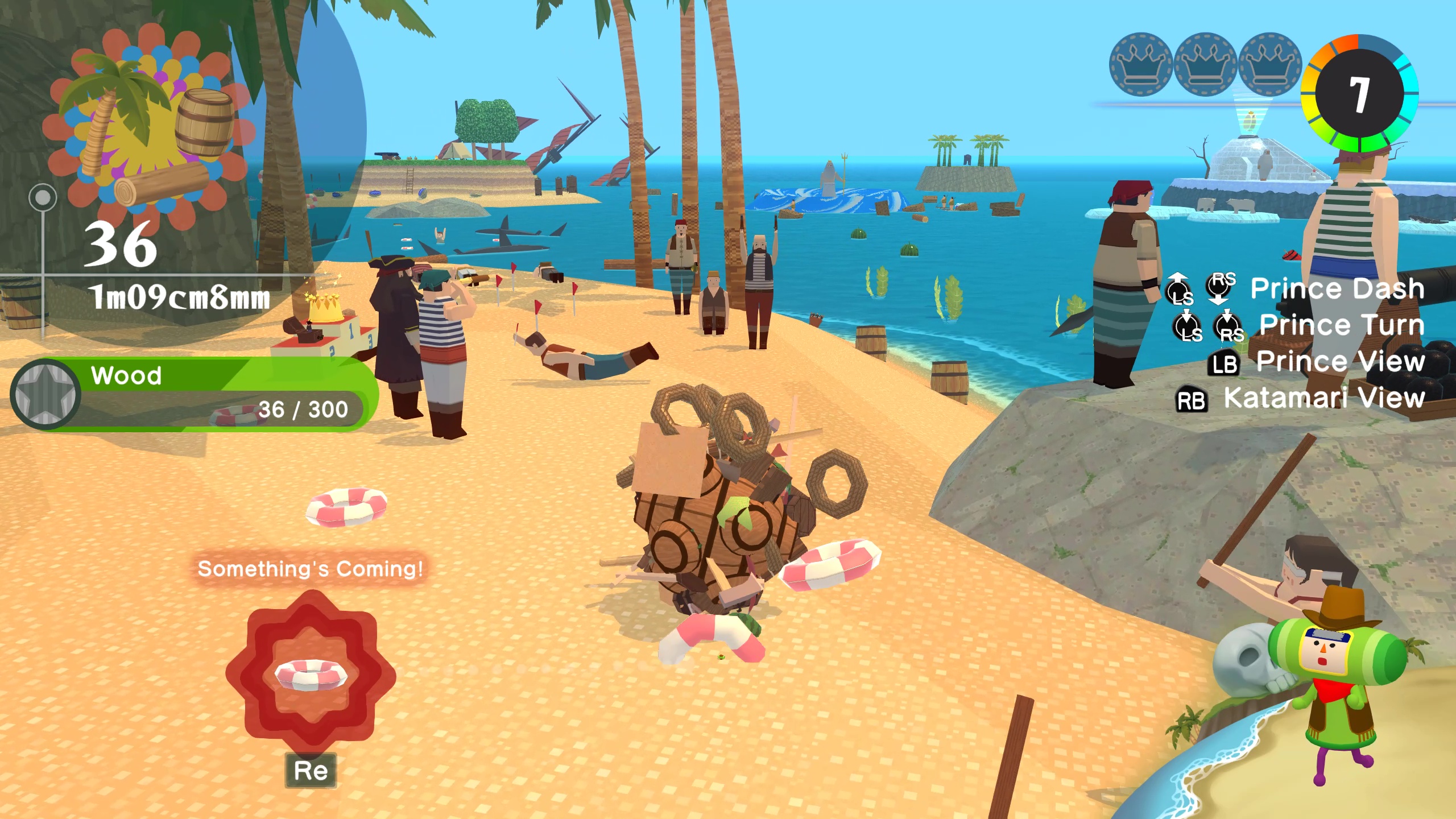
Each stage is full of delightfully posed little jokes, characters, and charming anachronisms before you roll them up.
Once Upon a Katamari really shines through its settings. Earlier games already had a diorama-like feel as you rolled through little events throughout town, and something about traveling between historical periods really enhances that. It almost has a Where's Waldo-like quality to it when you're rolling big enough to get a sense of these spaces. There's a banquet in the shogun's castle in Edo Japan, a cowboy gold rush, an Ancient Egyptian tomb… all full of delightfully posed little jokes and characters (and charming anachronisms) before you roll them up.
As with recent predecessors, missions that de-emphasize rolling your katamari as big as possible can feel out of step. Thankfully, though, they're mostly confined to optional side missions – some of which do need to be completed to earn enough crowns to progress through the story, but that's never very many. Some might focus on, say, collecting only money, or collecting every object of a certain size, or scooping up roses to create a bouquet – a fine enough challenge, but when I literally can't roll up other objects beyond that to get bigger, it feels antithetical to the katamari challenge to me. Katamari should be a devastating force of nature, not something that will arbitrarily decide to only roll up certain objects. Thankfully though, these moments are sparse.
Weekly digests, tales from the communities you love, and more
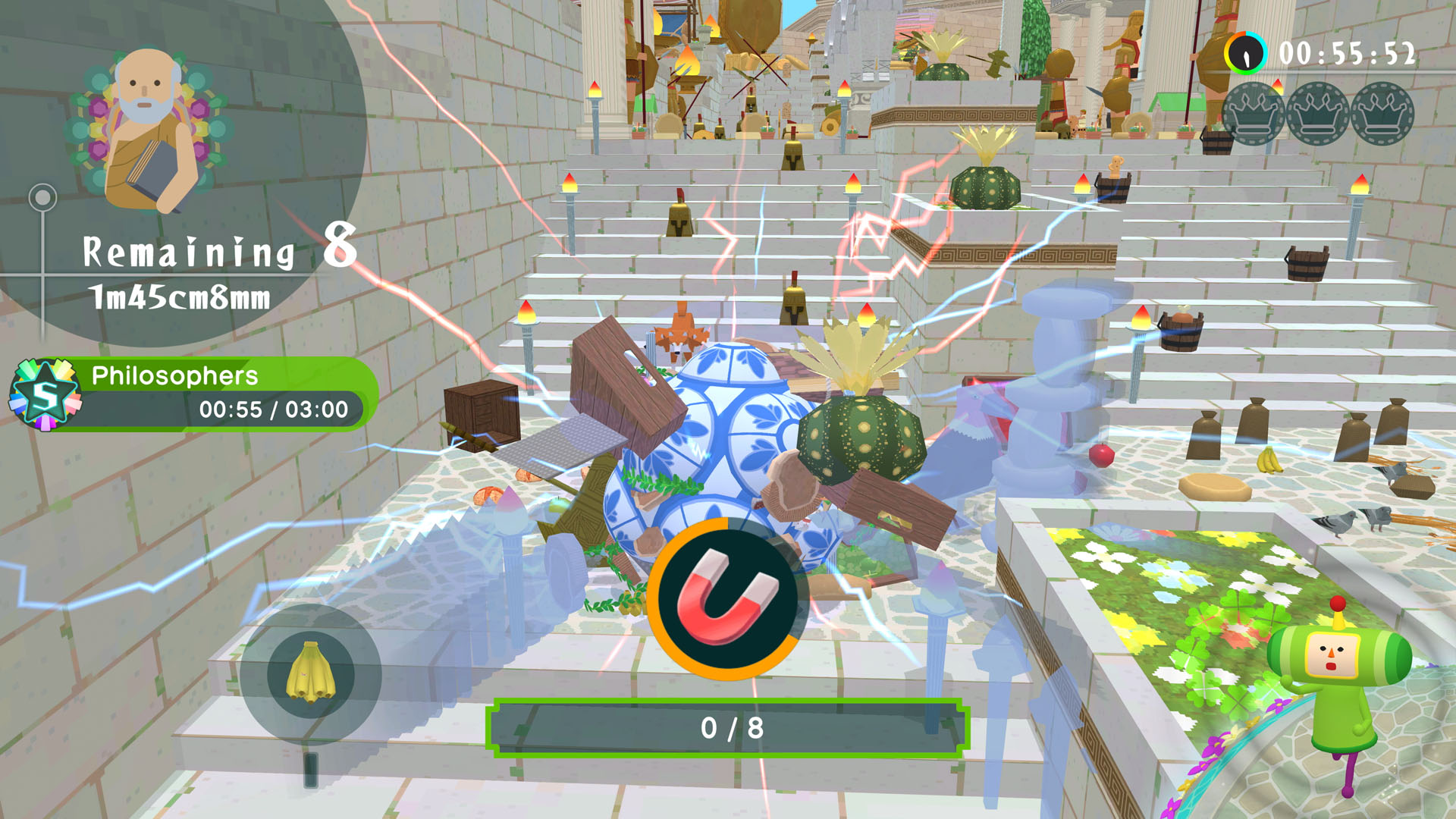
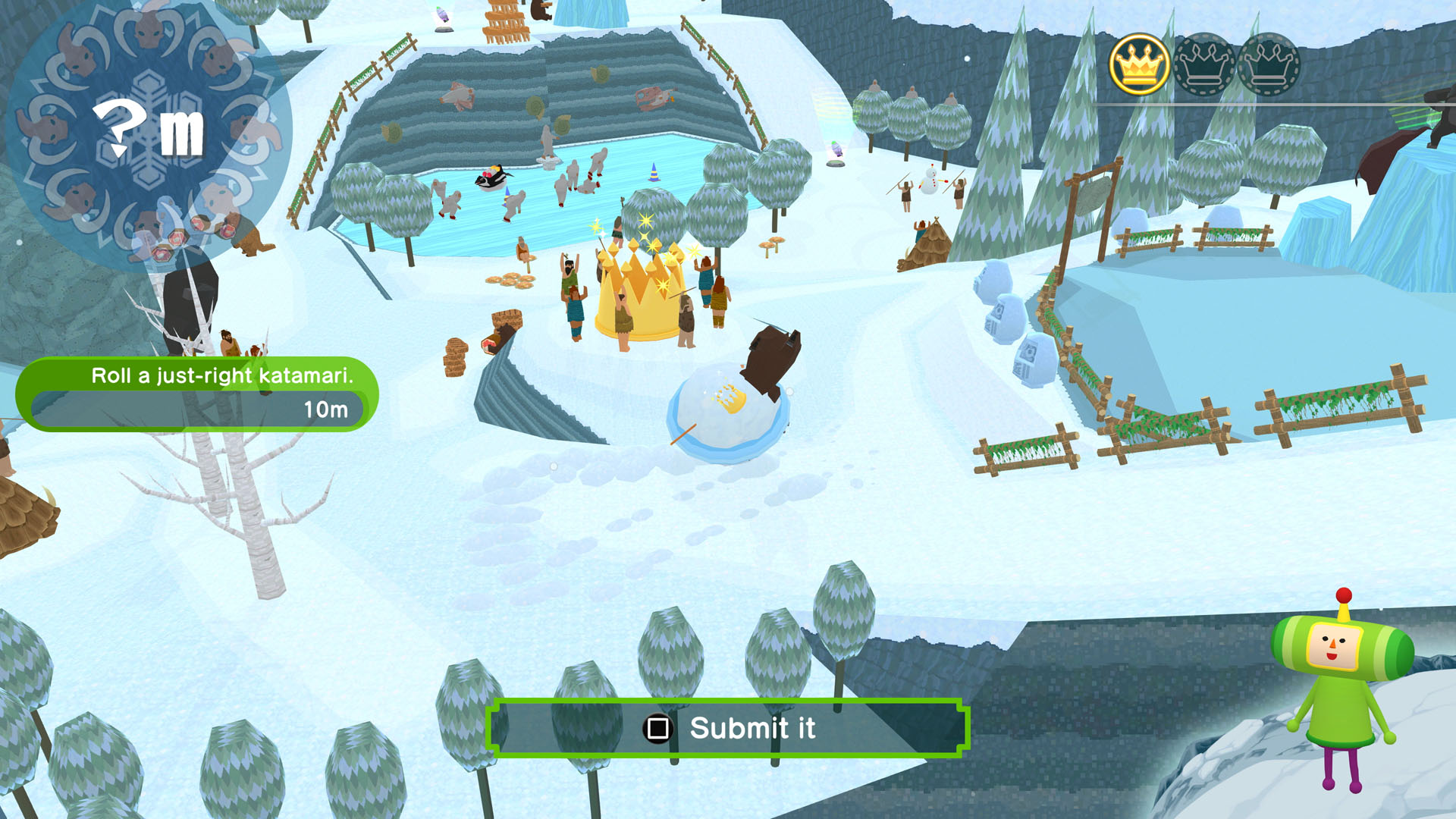
Each level has three hidden crowns that can be fun to track down, though annoyingly some become unobtainable if you get too big.
For every mission that's a misstep, Once Upon a Katamari uses its historical settings to come up with even more inventive set piece missions that better vibe with having restrictions. One series of Edo Japan missions (the era which, understandably, seems to have the most levels) has you rolling a small noble boy around a feast to gobble up enough delicious food to fit into a prized piece of armor, going from rolling like a big bit of dry spaghetti to smoother and ball-like the further you get in.
There's always something new and joyous to experience. Another level begins on a pirate ship, but, as you keep rolling, becomes a whole ship battle with a kraken that ends up with you rolling somewhere completely different to where you began. An Ancient Greece level tasks you with headhunting specific famous philosophers for a big debate, having to grow big enough to stick them to you in the process. There's even a whole level that plays on the folkloric hyakki yako, a demon parade. Once Upon a Katamari has rolled up so many ideas that it just feels exciting to take part, all while sowing ball-rolling chaos.
Once Upon a Katamari is immaculately presented as well. Its lo-fi models still work well, offering striking designs for everything from mahjong pieces and sweets to yeti and dinosaurs – everything reacting to being stuck up into the ball wonderfully (there's plenty of overly dramatic yelling as you roll through a street festival). The bopping soundtrack features incredible music to roll to as well, including returning and iconic motifs. Katamari is incredible for a reason, but the kind of game that got it so right on early attempts that it's really been a struggle to justify new releases. Once Upon a Katamari's time travel solution is genius, and just goes to show the series is on a roll.
Once Upon a Katamari was reviewed on PC, with a code provided by the publisher.
Check out our new games list for what to add to your calendar next!

Games Editor Oscar Taylor-Kent brings his years of Official PlayStation Magazine and PLAY knowledge to the fore. A noted PS Vita apologist, he's also written for Edge, PC Gamer, SFX, Official Xbox Magazine, Kotaku, Waypoint, and more. When not dishing out deadly combos in Ninja Gaiden 4, he's a fan of platformers, RPGs, mysteries, and narrative games. A lover of retro games as well, he's always up for a quick evening speed through Sonic 3 & Knuckles or yet another Jakathon through Naughty Dog's PS2 masterpieces.
You must confirm your public display name before commenting
Please logout and then login again, you will then be prompted to enter your display name.
